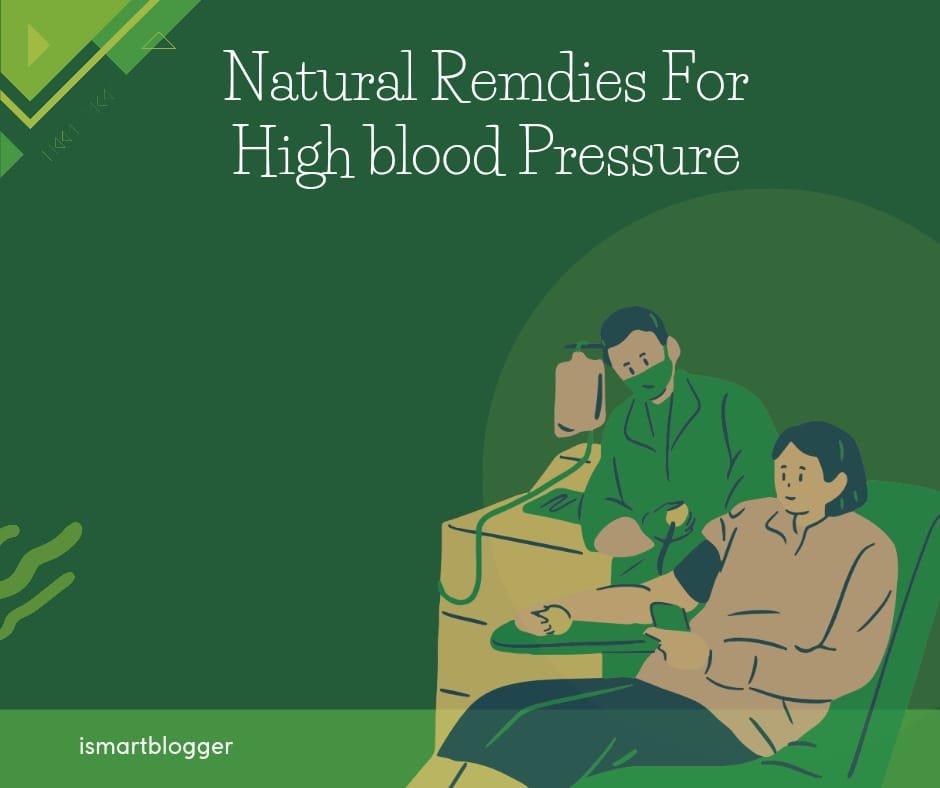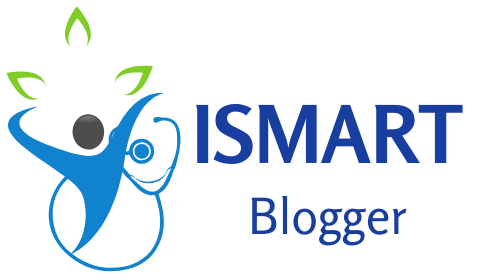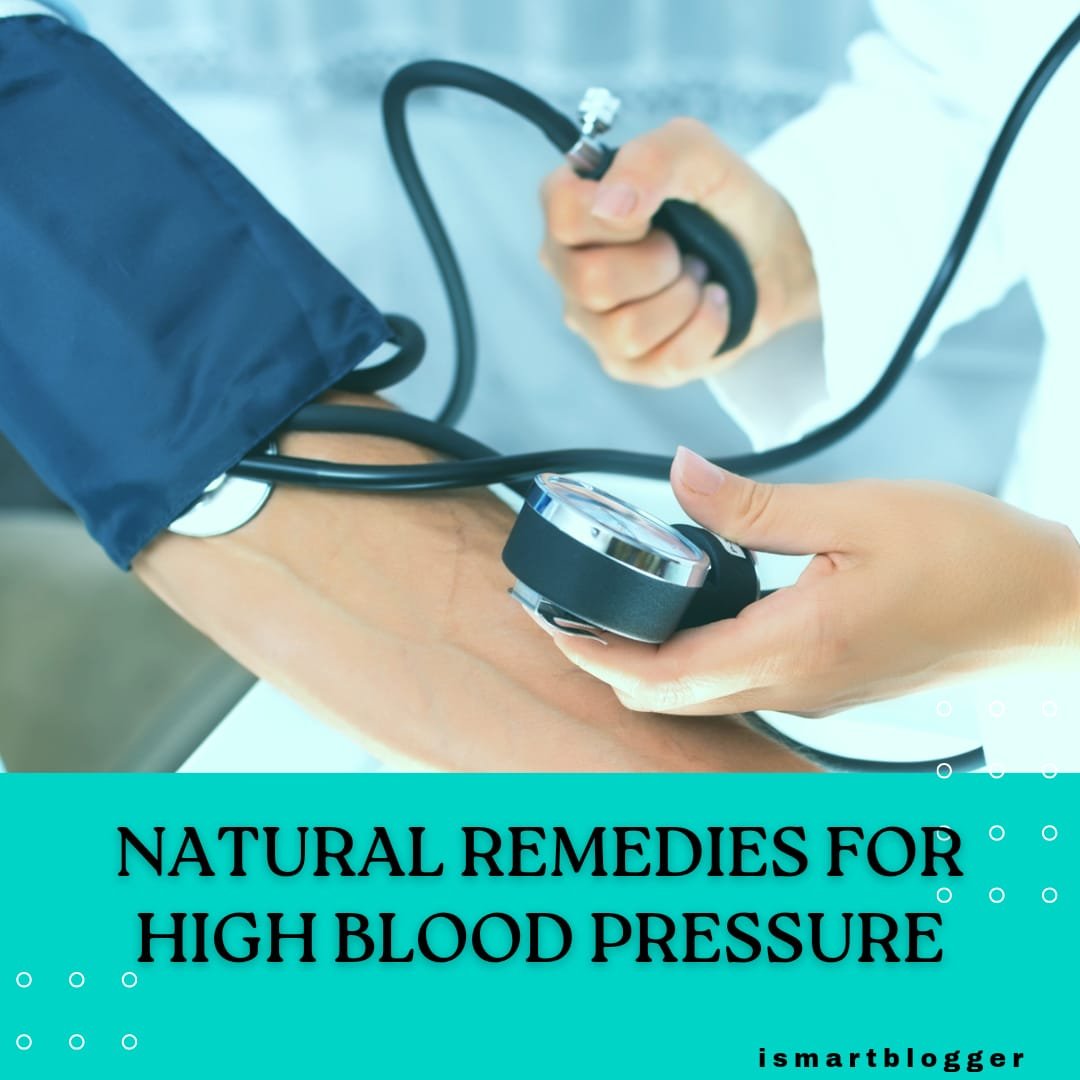Introduction
High blood pressure, also known as hypertension, is a chronic medical condition characterized by elevated levels of force exerted by the blood against the walls of the arteries. It is a prevalent health issue that affects millions of people worldwide.
According to the World Health Organization (WHO), approximately 1.13 billion individuals suffer from high blood pressure globally. The increasing incidence of hypertension can be attributed to various factors such as sedentary lifestyles, poor dietary habits, stress, and genetic predisposition.
Definition and Prevalence of High Blood Pressure
Blood pressure is measured using two values: systolic pressure and diastolic pressure. Systolic pressure represents the force exerted on artery walls during heartbeats, while diastolic pressure represents the force when the heart rests between beats.
Normal blood pressure values are typically around 120/80 mmHg (millimeters of mercury) or lower. However, high blood pressure occurs when these values consistently exceed 130/80 mmHg over an extended period.
Hypertension is further classified into stages based on severity:
- Stage 1 hypertension: Systolic pressure ranging from 130-139 mmHg or diastolic pressure ranging from 80-89 mmHg.
- Stage 2 hypertension: Systolic pressure equal to or greater than 140 mmHg or diastolic pressure equal to or greater than 90 mmHg.
- Hypertensive crisis: Systolic pressure over 180 mmHg and/or diastolic pressure over 120 mmHg. This condition requires immediate medical attention.
The prevalence of high blood pressure varies across different populations and age groups. It tends to increase with age.
Reports from the American Heart Association (AHA) indicate that in the United States, more than 45% of adults have hypertension. Moreover, it is estimated that only about half of these individuals have their blood pressure under control.

Importance of Managing High Blood Pressure Naturally
Managing high blood pressure is vital for maintaining overall health and reducing the risk of complications such as heart disease, stroke, kidney damage, and other cardiovascular conditions. While medication plays a crucial role in controlling hypertension, there is a growing awareness about the benefits of managing blood pressure naturally. Natural approaches to managing high blood pressure involve making lifestyle modifications such as adopting a healthy diet, engaging in regular physical activity, and implementing stress management techniques.
These methods can contribute significantly to blood pressure reduction and improve overall well-being. Emphasizing natural remedies not only reduces reliance on medication but also supports holistic approaches that address underlying causes rather than merely treating symptoms.
In addition to lifestyle changes, incorporating herbal remedies and supplements known for their potential antihypertensive properties can be an effective adjunctive strategy for managing high blood pressure naturally. By exploring these natural alternatives alongside conventional medical treatments under the guidance of healthcare professionals, individuals can take an active role in their own well-being and potentially enhance their hypertensive management outcomes.
Understanding High Blood Pressure The Hidden Culprit: Systolic and Diastolic Blood Pressure
High blood pressure, also known as hypertension, is a condition characterized by the force exerted by blood against the walls of the arteries. It is typically measured using two numbers: systolic blood pressure (SBP) and diastolic blood pressure (DBP).
SBP represents the pressure in your arteries when your heart beats, while DBP indicates the pressure when your heart rests between beats. To understand these numbers better, let’s delve into their significance.
The systolic reading, which is presented on top, reflects the maximum arterial pressure during cardiac contraction. It reveals how effectively your heart pumps blood throughout your body.
On the other hand, diastolic reading shows the minimum arterial pressure during relaxation between beats. This value indicates how well your arteries are able to relax and refill with blood.
A healthy blood pressure reading is commonly considered to be around 120/80 mmHg (millimeters of mercury), where 120 mmHg represents SBP and 80 mmHg represents DBP. However, values above this range indicate an elevated risk for complications such as heart disease or stroke. Unveiling Risk Factors for High Blood Pressure
While high blood pressure can affect anyone, certain factors increase an individual’s susceptibility to developing this condition. One primary risk factor is age; as we grow older, our arteries become less flexible and more prone to narrowing or hardening. Genetics also play a noteworthy role in hypertension development.
A family history of high blood pressure can predispose individuals to this condition due to inherited traits relating to cardiovascular health. Furthermore, lifestyle choices contribute significantly to developing hypertension.
Poor dietary habits that involve excessive sodium consumption from processed foods can lead to fluid retention and increased arterial tension. Additionally, a sedentary lifestyle devoid of regular physical activity weakens the cardiovascular system, raising the likelihood of high blood pressure. The Grave Consequences of Uncontrolled Hypertension
Uncontrolled hypertension poses severe risks to one’s health and well-being. One of the most alarming consequences is an increased risk of heart disease. The constant force exerted on arterial walls can damage them over time, leading to atherosclerosis (the buildup of plaque), which narrows arteries and restricts blood flow.
This condition heightens the chances of heart attacks, strokes, and other cardiovascular complications. Furthermore, uncontrolled hypertension can adversely affect various organs such as the kidneys and brain.
The persistent strain on these vital organs may result in kidney disease or impairment, impacting their ability to filter waste effectively. In terms of brain health, chronic high blood pressure raises the likelihood of cognitive decline and vascular dementia.
Apart from these long-term risks, uncontrolled hypertension can also cause immediate health emergencies such as hypertensive crises or hypertensive encephalopathy. These situations involve significantly elevated blood pressure levels that demand urgent medical attention to prevent life-threatening consequences.
Understanding high blood pressure involves recognizing both systolic and diastolic blood pressure values as indicators for cardiovascular health. Risk factors related to age, genetics, and lifestyle choices contribute significantly to its development.
Failing to manage this condition properly can lead to grave consequences like heart disease, organ damage, and acute emergencies. Therefore, it is crucial to be aware of your blood pressure status regularly through routine check-ups and adopt measures that promote a healthy lifestyle for optimal well-being.
Lifestyle Modifications for Managing High Blood Pressure
Dietary Changes: DASH (Dietary Approaches to Stop Hypertension) Diet Overview
The DASH diet, known as the Dietary Approaches to Stop Hypertension, is an evidence-based eating plan that has been proven effective in lowering blood pressure. This diet emphasizes consuming foods rich in nutrients such as potassium, magnesium, and calcium while reducing sodium intake. Fruits, vegetables, whole grains, lean proteins, and low-fat dairy products are the foundation of the DASH diet.
These foods are high in essential minerals and fiber which promote healthy blood pressure levels. By following this balanced eating plan, individuals can experience a significant decrease in systolic and diastolic blood pressure levels.
Foods Rich in Potassium, Magnesium, and Calcium to Lower Blood Pressure
Potassium-rich foods play a crucial role in managing high blood pressure. They help relax blood vessel walls and decrease sodium levels by promoting proper fluid balance within the body. Excellent sources of potassium include bananas, avocados, spinach, sweet potatoes, and oranges.
Magnesium is another mineral that contributes to healthy blood pressure regulation by relaxing smooth muscles within the arterial walls. Foods abundant in magnesium include dark leafy greens like kale or Swiss chard, nuts such as almonds or cashews, legumes like black beans or lentils, and whole grains like quinoa or brown rice.
Calcium is not only vital for strong bones but also aids in maintaining normal blood pressure levels. Good sources of calcium are dairy products such as milk or yogurt (choose low-fat options), fortified plant-based milks like almond milk or soy milk if lactose intolerant or vegan-friendly alternatives are preferred.
The Role of Reducing Sodium Intake in Managing Hypertension
Excessive sodium consumption has been directly linked to high blood pressure. Sodium promotes water retention, causing an increase in blood volume and subsequently raising blood pressure. To manage hypertension effectively, it is crucial to reduce sodium intake.
This involves minimizing the consumption of processed and packaged foods that are typically high in sodium content. Instead, opt for fresh, whole foods and flavor dishes with herbs and spices instead of salt.
Physical Activity
Benefits of Regular Exercise on Blood Pressure Control
Engaging in regular exercise offers numerous benefits for managing high blood pressure. Physical activity helps strengthen the heart muscles, making them more efficient at pumping blood throughout the body.
Overtime, this leads to a decrease in resting heart rate and lowered blood pressure levels. Exercise also promotes weight loss or maintenance, which further contributes to improving overall cardiovascular health.
Recommended Types and Duration of Exercises for Hypertensive Individuals
For individuals with hypertension, it is recommended to engage in aerobic activities such as brisk walking, jogging, cycling or swimming on a regular basis. Aim for at least 150 minutes of moderate-intensity aerobic exercise per week or 75 minutes of vigorous-intensity exercise spread throughout the week.
In addition to aerobic exercises, incorporating strength training activities using resistance bands or weights can further enhance cardiovascular health by improving muscle strength and endurance. It is essential to consult a healthcare professional before starting any new exercise routine to ensure safety and receive personalized recommendations based on individual needs.
Stress Management Techniques
Deep Breathing Exercises and Meditation to Reduce Stress Levels
Deep breathing exercises have long been recognized as effective stress-reducing techniques that can positively impact blood pressure levels. By taking slow, deep breaths through the nose while expanding the abdomen before exhaling slowly through the mouth, individuals can activate their body’s relaxation response.
Meditation complements deep breathing exercises by encouraging mindfulness and present moment awareness. Regular practice of deep breathing and meditation can help manage stress, reduce anxiety, and indirectly contribute to improved blood pressure control.
Incorporating Relaxation Techniques into Daily Routine
Creating a daily routine that incorporates relaxation techniques is essential for managing stress and maintaining healthy blood pressure levels. This can include activities such as practicing yoga, engaging in hobbies or interests that bring joy and relaxation, listening to calming music, spending time in nature, or enjoying a warm bath. By dedicating time each day to relax and unwind, individuals can effectively manage stress levels and support overall well-being.
IV: Herbal Remedies for High Blood Pressure
Hawthorn Berry – Overview on the Benefits and Traditional Use in Treating Hypertension
Hawthorn berry has a long history of traditional use as an herbal remedy for hypertension. It is believed to promote cardiovascular health by dilating blood vessels, improving blood flow, and enhancing the strength of heart contractions. Research suggests that hawthorn berry may also have antioxidant properties that help protect the heart from damage caused by oxidative stress.
When considering hawthorn berry supplementation or extracts, it is recommended to follow dosage recommendations provided by healthcare professionals or product labels. Potential side effects are generally mild but may include dizziness or digestive disturbances in some individuals.
Garlic – Allicin Compound’s Impact on Lowering Blood Pressure
Garlic has been used medicinally for centuries due to its potential benefits on cardiovascular health. One of its key components, allicin, is believed to have vasodilatory effects that promote lower blood pressure levels. Studies suggest that regular consumption of garlic (whether raw or in supplement form) may contribute to modest reductions in both systolic and diastolic blood pressure.
While garlic is generally safe for consumption with minimal side effects, it may interact with certain medications. It is important to consult a healthcare professional before incorporating garlic supplements into one’s routine.
Hibiscus Tea – Research-Backed Evidence Supporting Its Ability to Reduce Hypertension
Hibiscus tea, made from the petals of the hibiscus plant, has gained attention for its potential antihypertensive properties. Several studies have demonstrated that regularly drinking hibiscus tea can lead to a significant reduction in blood pressure levels, both systolic and diastolic. This effect is believed to be due to the presence of antioxidants and bioactive compounds that promote vasodilation and inhibit angiotensin-converting enzyme (ACE), which plays a role in blood pressure regulation.
To maximize the benefits of hibiscus tea, it is recommended to brew it using hot water (around 90°C) and steep for at least 5 minutes. Adding a squeeze of lemon or a touch of honey can enhance its flavor, but be mindful of added sugars if managing blood sugar levels.
V: Supplements for High Blood Pressure Management
Omega-3 Fatty Acids – Role in Improving Heart Health and Reducing Inflammation
Omega-3 fatty acids are essential fats that offer numerous health benefits, including supporting heart health and reducing inflammation within the body. Studies suggest that regular consumption of omega-3 fatty acids through dietary sources such as fatty fish (salmon, mackerel) or supplements may contribute to improved blood pressure control in individuals with hypertension.
Incorporating omega-3-rich foods or choosing high-quality fish oil supplements can be an effective strategy for managing high blood pressure alongside other lifestyle modifications. However, it is advised to consult with a healthcare professional regarding appropriate dosages or supplementation plans based on individual circumstances.
Conclusion
By implementing lifestyle modifications such as dietary changes, physical activity, and stress management techniques, individuals with high blood pressure can effectively manage their condition and improve overall cardiovascular health. Additionally, herbal remedies like hawthorn berry, garlic, and hibiscus tea, along with supplements like omega-3 fatty acids, may provide additional support in blood pressure management. It is important to remember that these remedies should not replace prescribed medications or medical advice. With dedication and a well-rounded approach to managing hypertension, individuals can pave the way towards a healthier future filled with optimal well-being.





